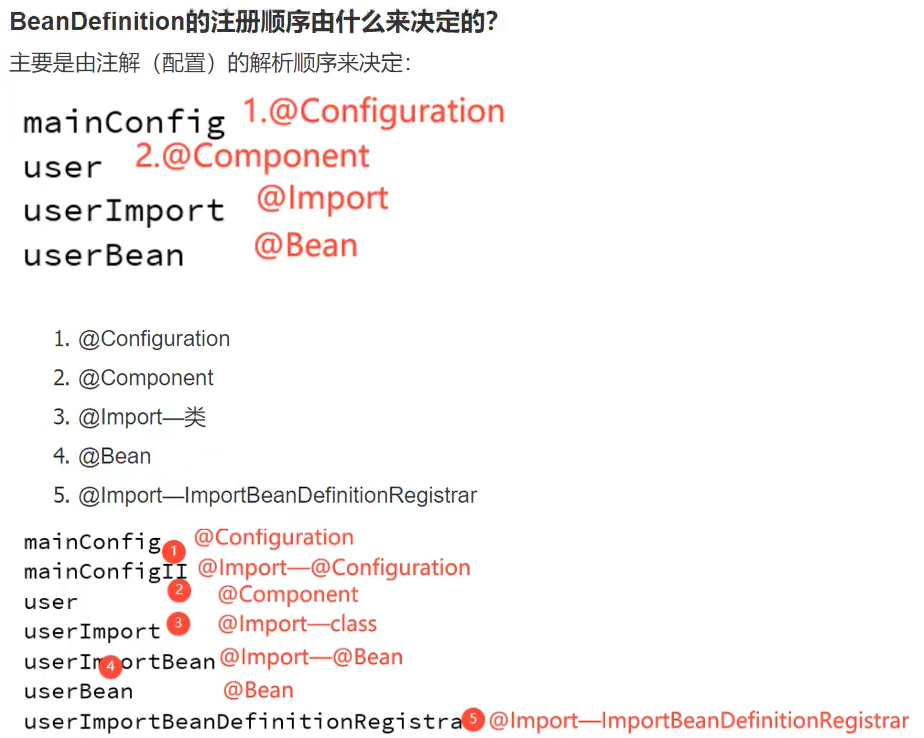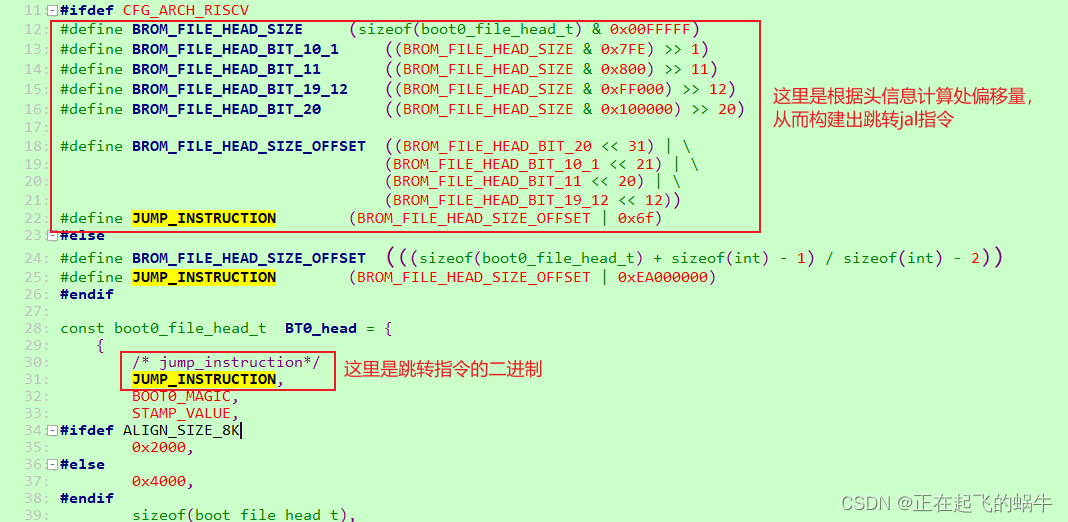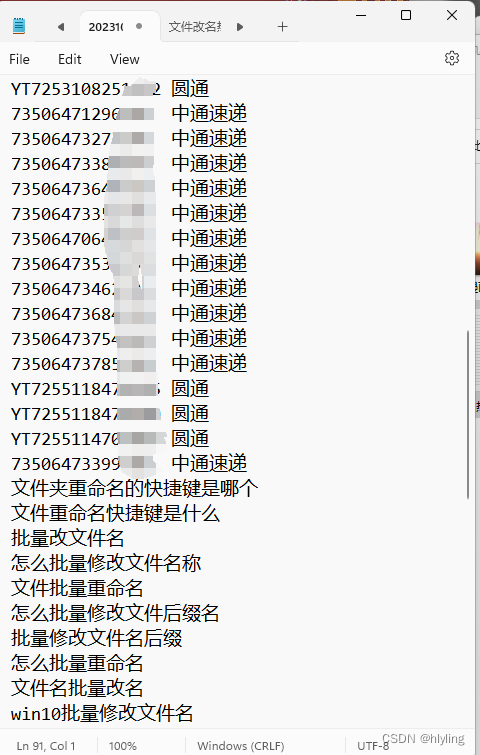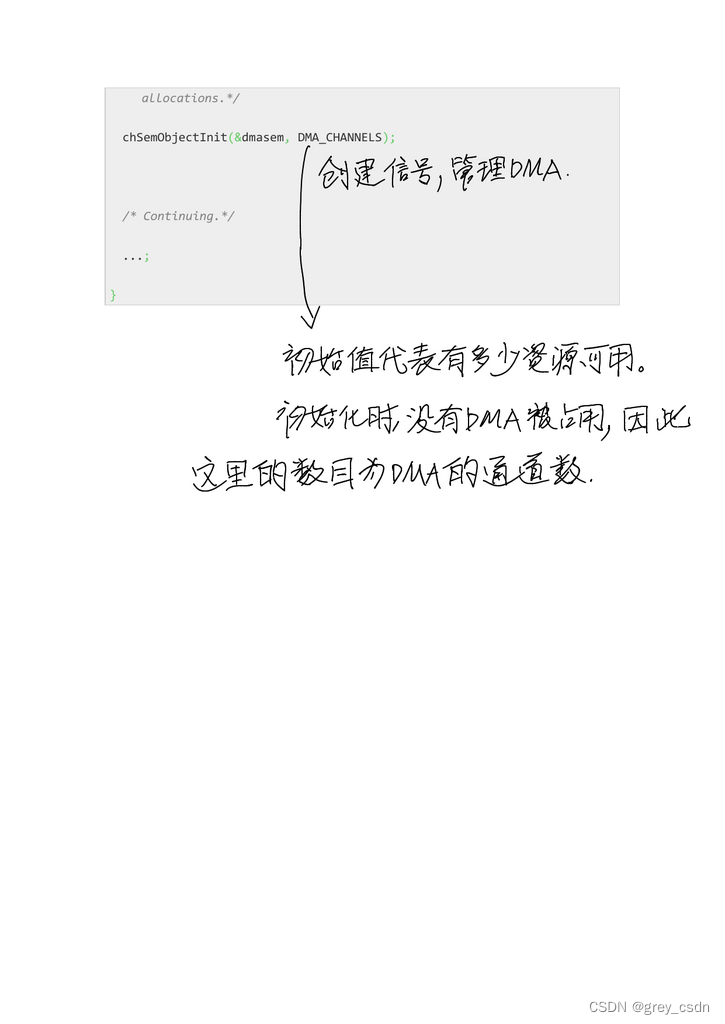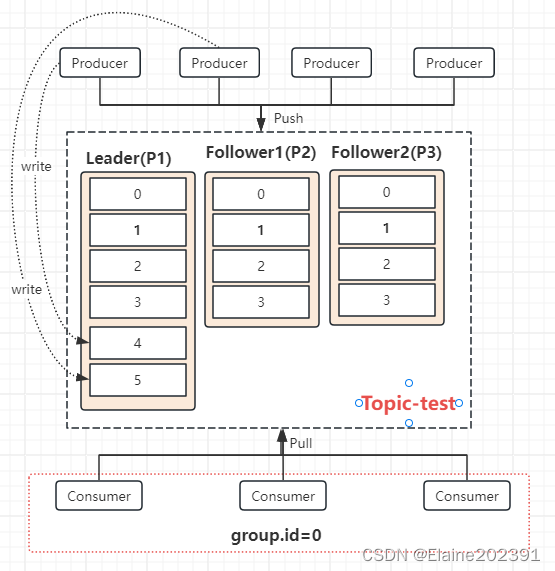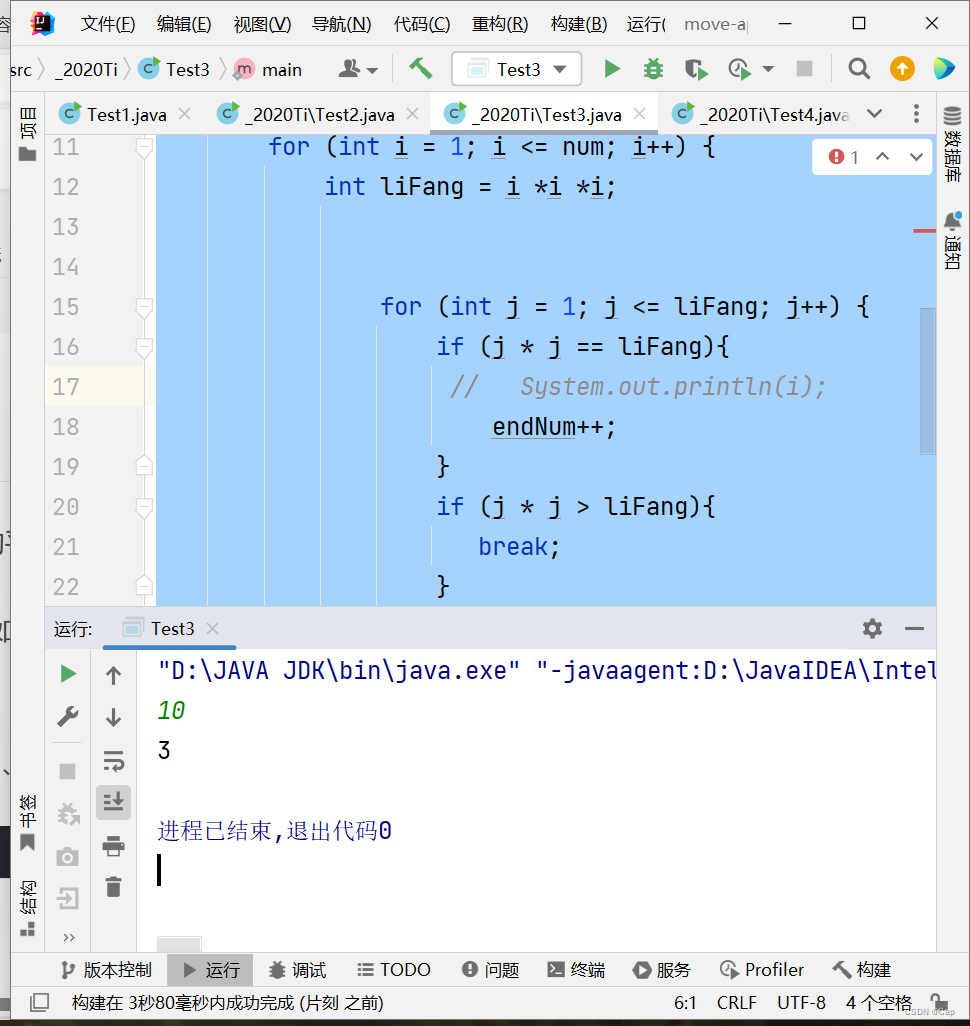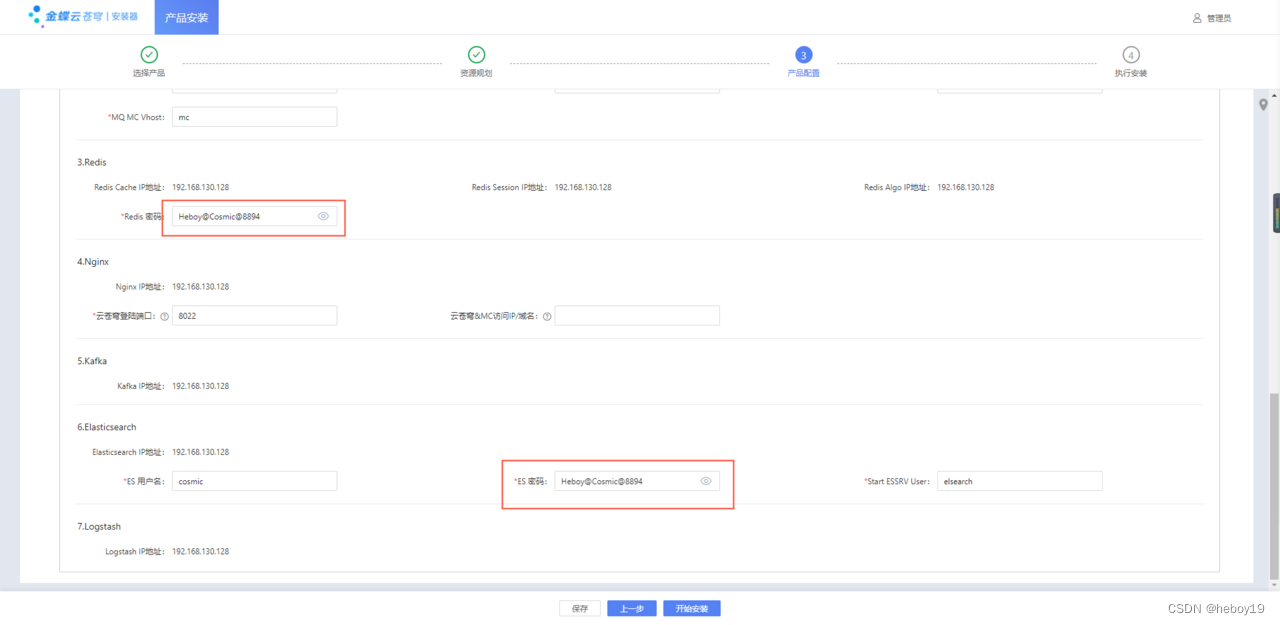目录
一、括号匹配问题
思路:
完整版C语言代码:
讲解:
二、用队列实现栈
思路:
完整版C语言代码:
讲解:
三、用栈实现队列
思路:
完整版C语言代码:
讲解:
四、 设计循环队列
思路:
完整版C语言代码:
讲解:
如果栈和队列忘了,不妨看看小生的这两篇复习一下数据结构与算法—栈 数据结构与算法—队列
一、括号匹配问题
20. 有效的括号 - 力扣(LeetCode)

思路:
将左括号放入栈中,通过出栈与为入栈的符号进行比较。
由于我们用C语言做这道题,所以代码前要加上咱们实现的栈的代码,同时要将数据类型STDataType改为char类型。
完整版C语言代码:
typedef char STDataType;
typedef struct Stack
{STDataType* a;int top;int capacity;
}ST;void STInit(ST* pst)
{assert(pst);pst->a = NULL;pst->top = 0;pst->capacity = 0;
}void STDestroy(ST* pst)
{assert(pst);free(pst->a);pst->a = NULL;pst->top = 0;pst->capacity = 0;
}void STPush(ST* pst,STDataType x)
{if (pst->top == pst->capacity) {int newCapacity = pst->capacity == 0 ? 4 :pst-> capacity * 2;STDataType* tmp = (STDataType*)realloc(pst->a, newCapacity * sizeof(STDataType));if (tmp == NULL) {perror("realloc fail");return;}pst->a = tmp;pst->capacity = newCapacity;}pst->a[pst->top] = x;pst->top++;
}bool STEmpty(ST* pst)
{assert(pst);return pst->top == 0;
}void STPop(ST* pst)
{assert(pst);assert(!STEmpty(pst));pst->top--;
}STDataType STTop(ST* pst)
{assert(pst);assert(!STEmpty(pst));return pst->a[pst->top - 1];
}int STSize(ST* pst)
{assert(pst);return pst->top;
}//------以下为OJ提供-------bool isValid(char* s) {ST st;STInit(&st);while (*s) {if (*s == '(' || *s == '[' || *s == '{') {STPush(&st, *s);}else {if (STEmpty(&st)) {STDestroy(&st);return false;}char top = STTop(&st);STPop(&st);if ((top != '(' && *s == ')') ||(top != '{' && *s == '}') ||(top != '[' && *s == ']')) {STDestroy(&st);return false;}}s++;}bool ret = STEmpty(&st);STDestroy(&st);return ret;
}讲解:
isValid函数:
- 创建栈结构体ST变量 st,然后进行初始化。
- 以*s为循环进行条件
首先,创建一个名为
st的ST结构体实例,并使用STInit初始化它。- 然后,遍历输入字符串
s中的每个字符。- 对于每个字符,如果是左括号 '(','[','{' ,则将其推入栈中。
- 如果是右括号 ')',']','}' ,则执行以下操作:
检查栈是否为空,如果为空,表示没有对应的左括号,则销毁栈,返回
false。否则,弹出栈顶元素,将其与当前右括号进行匹配。如果不匹配,则销毁栈,返回
false。
- 最后,遍历完整个字符串后,检查栈是否为空。如果栈为空,表示所有括号都成功匹配,返回
true,否则返回false。- 最后,调用
STDestroy销毁栈,并返回最终的匹配结果。
二、用队列实现栈
225. 用队列实现栈 - 力扣(LeetCode)

思路:
准备两个队列,第一个队列依次出队到只剩一个数据时停止,将已出队的数据依次入队到第二个队列,将第一个队列仅剩的一个数据出队即实现了栈的出栈。入栈时哪个队列不为空则在哪个队列入队。
由于我们用C语言做这道题,所以代码前要加上咱们实现的队列的代码。
完整版C语言代码:
typedef int QDataType;
typedef struct QueueNode
{struct QueueNode* next;QDataType data;
}QNode;typedef struct Queue
{QNode* phead;QNode* ptail;int size;
}Queue;void QueueInit(Queue* pq)
{assert(pq);pq->phead = NULL;pq->ptail = NULL;pq->size = 0;
}
void QueueDestroy(Queue* pq)
{assert(pq);QNode* cur = pq->phead;while (cur) {QNode* next = cur->next;free(cur);cur = next;}pq->phead = pq->ptail = NULL;pq->size = 0;
}
void QueuePush(Queue* pq, QDataType x)
{assert(pq);QNode* newnode = (QNode*)malloc(sizeof(QNode));if (newnode == NULL) {perror("mallloc fail\n");return;}newnode->data = x;newnode->next = NULL;if (pq->ptail == NULL) {assert(pq->phead == NULL);pq->phead = pq->ptail = newnode;}else {pq->ptail->next = newnode;pq->ptail = newnode;}pq->size++;
}
bool QueueEmpty(Queue* pq)
{assert(pq);return pq->size == 0;
}
void QueuePop(Queue* pq)
{assert(pq);assert(!QueueEmpty(pq));if (pq->phead->next == NULL) {free(pq->phead);pq->phead = pq->ptail = NULL;}else {QNode* next = pq->phead->next;free(pq->phead);pq->phead = next;}pq->size--;
}
QDataType QueueFront(Queue* pq)
{assert(pq);assert(!QueueEmpty(pq));return pq->phead->data;
}
QDataType QueueBack(Queue* pq)
{assert(pq);assert(!QueueEmpty(pq));return pq->ptail->data;
}
int QueueSize(Queue* pq)
{assert(pq);return pq->size;
}//------以下为OJ提供-------typedef struct {Queue q1;Queue q2;
} MyStack;MyStack* myStackCreate() {MyStack* obj = (MyStack*)malloc(sizeof(MyStack));if (obj == NULL) {perror("malloc fail");return NULL;}QueueInit(&obj->q1);QueueInit(&obj->q2);return obj;
}void myStackPush(MyStack* obj, int x) {if (!QueueEmpty(&obj->q1)) {QueuePush(&obj->q1, x);}else {QueuePush(&obj->q2, x);}
}int myStackPop(MyStack* obj) {Queue* pEmptyQ = &obj->q1;Queue* pNonEmptyQ = &obj->q2;if (!QueueEmpty(&obj->q1)) {pEmptyQ = &obj->q2;pNonEmptyQ = &obj->q1;}while (QueueSize(pNonEmptyQ) > 1) {QueuePush(pEmptyQ, QueueFront(pNonEmptyQ));QueuePop(pNonEmptyQ);}int top = QueueFront(pNonEmptyQ);QueuePop(pNonEmptyQ);return top;
}int myStackTop(MyStack* obj) {if (!QueueEmpty(&obj->q1)) {return QueueBack(&obj->q1);}else {return QueueBack(&obj->q2);}
}bool myStackEmpty(MyStack* obj) {return QueueEmpty(&obj->q1) &&QueueEmpty(&obj->q2);
}void myStackFree(MyStack* obj) {QueueDestroy(&obj->q1);QueueDestroy(&obj->q2);free(obj);
}讲解:
1、
typedef struct {Queue q1;Queue q2; } MyStack;首先在匿名结构体MyStack中设置两个成员 q1、q2,他们的类型为结构体Queue。
2、
MyStack* myStackCreate() {MyStack* obj = (MyStack*)malloc(sizeof(MyStack));if (obj == NULL) {perror("malloc fail");return NULL;}QueueInit(&obj->q1);QueueInit(&obj->q2);return obj; }myStackCreate中首先创建结构体 MyStack 指针 obj,并为其开辟空间,开辟失败则打印错误信息,然后对 obj 的两个成员 (队列) 进行初始化。
3、
void myStackPush(MyStack* obj, int x) {if (!QueueEmpty(&obj->q1)) {QueuePush(&obj->q1, x);}else {QueuePush(&obj->q2, x);} }myStackPush中首先判断哪个队列不为空,对不为空的队列进行入队(入栈)。
4、
int myStackPop(MyStack* obj) {Queue* pEmptyQ = &obj->q1;Queue* pNonEmptyQ = &obj->q2;if (!QueueEmpty(&obj->q1)) {pEmptyQ = &obj->q2;pNonEmptyQ = &obj->q1;}while (QueueSize(pNonEmptyQ) > 1) {QueuePush(pEmptyQ, QueueFront(pNonEmptyQ));QueuePop(pNonEmptyQ);}int top = QueueFront(pNonEmptyQ);QueuePop(pNonEmptyQ);return top; }
- myStackPop中首先要找到为“空”和“不为空”的队列,假设队列q1为空,q2不为空,通过QueueEmpty判断如果q1为空则假设不变,否则二者互换。
- 然后将不为空的队列的数据依次入队到为空的队列,入队结束后将不为空的队列进行出队,进行下一次循环,直到不为空的队列只剩一个元素停止循环。
- 调用QueueFront函数获取队头节点赋值给变量top,将不为空队列仅剩的数据出队。
- 返回top。
5、
int myStackTop(MyStack* obj) {if (!QueueEmpty(&obj->q1)) {return QueueBack(&obj->q1);}else {return QueueBack(&obj->q2);} }myStackTop函数找出不为空的队列,对不为空的队列调用QueueBack返回栈顶元素。
6、
bool myStackEmpty(MyStack* obj) {return QueueEmpty(&obj->q1) &&QueueEmpty(&obj->q2); }myStackEmpty调用QueueEmpty判断两个队列是否为空即为判断栈是否为空。
7、
void myStackFree(MyStack* obj) {QueueDestroy(&obj->q1);QueueDestroy(&obj->q2);free(obj); }myStackFree调用 QueueDestroy释放两个队列的内存空间,最后释放栈 obj 的内存空间。
三、用栈实现队列
232. 用栈实现队列 - 力扣(LeetCode)

思路:
一个栈用于入队,一个栈用于出队。出队栈不为空则从入队栈依次出栈,然后入栈到出队栈,这时原本入队栈的数据在出队栈中直接出栈,即可实现队列的先进先出,再次入队时数据进入入队栈,等待出队栈为空时再将数据倒过来。

由于我们用C语言做这道题,所以代码前要加上咱们实现的栈的代码。
完整版C语言代码:
typedef int STDataType;
typedef struct Stack
{STDataType* a;int top;int capacity;
}ST;void STInit(ST* pst)
{assert(pst);pst->a = NULL;pst->top = 0;pst->capacity = 0;
}void STDestroy(ST* pst)
{assert(pst);free(pst->a);pst->a = NULL;pst->top = 0;pst->capacity = 0;
}void STPush(ST* pst, STDataType x)
{if (pst->top == pst->capacity) {int newCapacity = pst->capacity == 0 ? 4 : pst->capacity * 2;STDataType* tmp = (STDataType*)realloc(pst->a, newCapacity * sizeof(STDataType));if (tmp == NULL) {perror("realloc fail");return;}pst->a = tmp;pst->capacity = newCapacity;}pst->a[pst->top] = x;pst->top++;
}bool STEmpty(ST* pst)
{assert(pst);return pst->top == 0;
}void STPop(ST* pst)
{assert(pst);assert(!STEmpty(pst));pst->top--;
}STDataType STTop(ST* pst)
{assert(pst);assert(!STEmpty(pst));return pst->a[pst->top - 1];
}int STSize(ST* pst)
{assert(pst);return pst->top;
}//------以下为OJ提供-------typedef struct {ST pushst;ST popst;
} MyQueue;MyQueue* myQueueCreate() {MyQueue* obj = (MyQueue*)malloc(sizeof(MyQueue));if (obj == NULL) {perror("malloc fail");return 0;}STInit(&obj->pushst);STInit(&obj->popst);return obj;
}void myQueuePush(MyQueue* obj, int x) {STPush(&obj->pushst, x);
}int myQueuePop(MyQueue* obj) {int front = myQueuePeek(obj);STPop(&obj->popst);return front;
}int myQueuePeek(MyQueue* obj) {if (STEmpty(&obj->popst)) {while (!STEmpty(&obj->pushst)) {STPush(&obj->popst, STTop(&obj->pushst));STPop(&obj->pushst);}}return STTop(&obj->popst);
}bool myQueueEmpty(MyQueue* obj) {return STEmpty(&obj->pushst) && STEmpty(&obj->popst);
}void myQueueFree(MyQueue* obj) {STDestroy(&obj->pushst);STDestroy(&obj->popst);free(obj);
}讲解:
1、
typedef struct {ST pushst;ST popst; } MyQueue;在MyQueue结构体中创建两个栈 pushst 和 popst。
2、
MyQueue* myQueueCreate() {MyQueue* obj = (MyQueue*)malloc(sizeof(MyQueue));if (obj == NULL) {perror("malloc fail");return 0;}STInit(&obj->pushst);STInit(&obj->popst);return obj; }创建一个 MyQueue 类型的队列 obj 。然后通过 malloc 申请内存,如果申请失败则调用perror打印错误信息,结束函数,然后分别初始化 pushst 和 popst 两个栈,返回队列obj。
3、
void myQueuePush(MyQueue* obj, int x) {STPush(&obj->pushst, x); }将元素 x 入队。直接调用 STPush 函数将元素 x 压入 pushst 栈。
4、
int myQueuePop(MyQueue* obj) {int front = myQueuePeek(obj);STPop(&obj->popst);return front; }这个函数用于将队首元素出队,并返回其值。首先调用
myQueuePeek函数获取队首元素的值,然后调用STPop函数将元素从popst栈中弹出。
5、
int myQueuePeek(MyQueue* obj) {if (STEmpty(&obj->popst)) {while (!STEmpty(&obj->pushst)) {STPush(&obj->popst, STTop(&obj->pushst));STPop(&obj->pushst);}}return STTop(&obj->popst); }这个函数用于获取队首元素的值。首先判断 popst 栈是否为空,如果为空则将 pushst 栈中的所有元素依次弹出并压入 popst 栈,最后通过 STTop 函数获取 popst 栈顶元素的值。
6、
bool myQueueEmpty(MyQueue* obj) {return STEmpty(&obj->pushst) && STEmpty(&obj->popst); }这个函数用于判断队列是否为空。只有当
pushst和popst两个栈都为空时,队列才为空。
7、
void myQueueFree(MyQueue* obj) {STDestroy(&obj->pushst);STDestroy(&obj->popst);free(obj); }这个函数用于释放 MyQueue 类型队列所占用的内存空间。
首先调用 STDestroy 函数销毁 pushst 和 popst 两个栈,然后调用 free 函数释放 obj 所占用的内存空间。
四、 设计循环队列
622. 设计循环队列
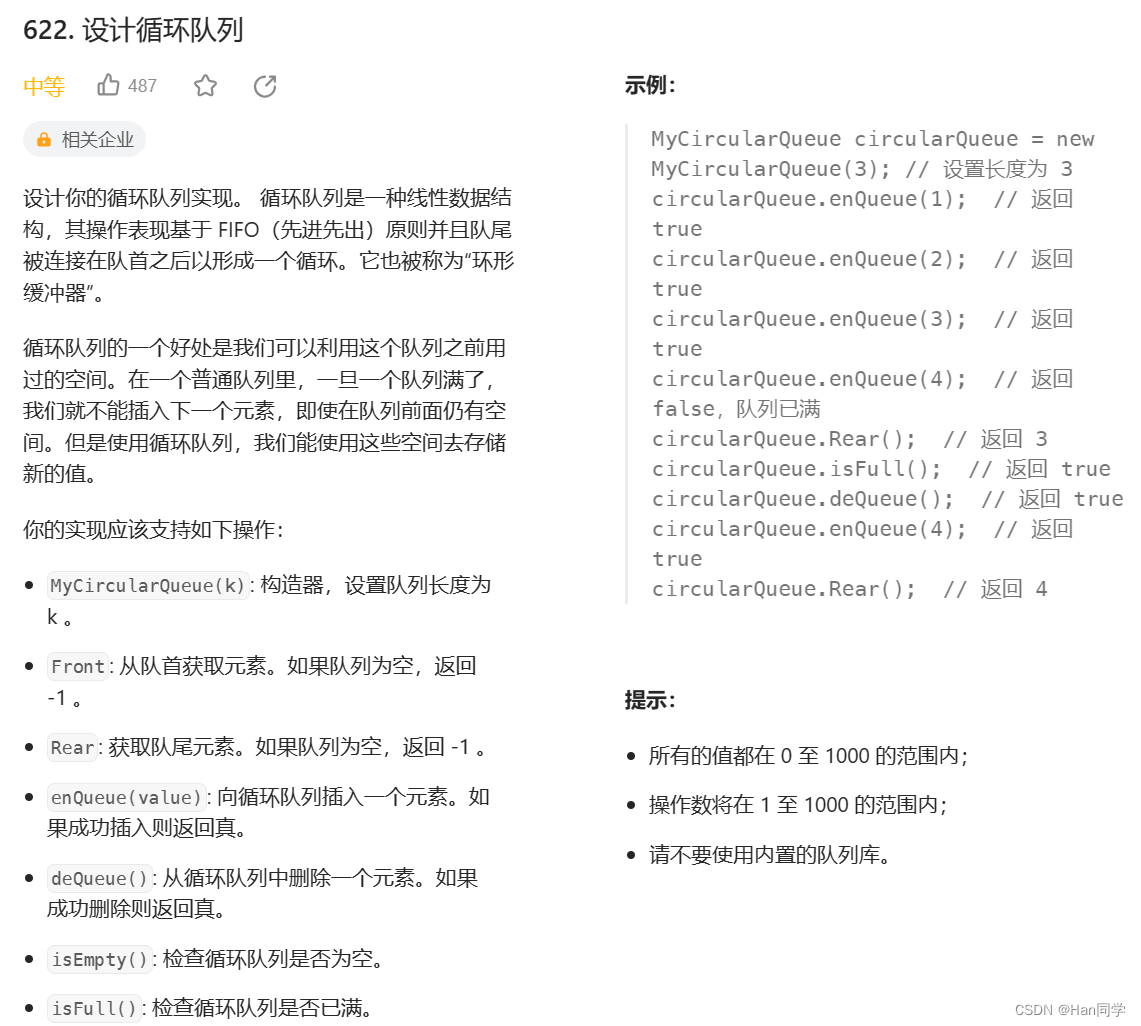
思路:
选择数组作为循环队列,为了避免队列为空和队列为满时
front和rear相同的情况,将数组的容量设置为比题中要求的队列长度大一(即实际容量为k+1)。
完整版C语言代码:
typedef struct {int front;int rear;int k;int* a;
} MyCircularQueue;MyCircularQueue* myCircularQueueCreate(int k) {MyCircularQueue* obj = (MyCircularQueue*)malloc(sizeof(MyCircularQueue));obj->a = (int*)malloc((k + 1) * sizeof(int));obj->k = k;obj->front = obj->rear = 0;return obj;
}bool myCircularQueueIsEmpty(MyCircularQueue* obj) {return obj->front == obj->rear;
}bool myCircularQueueIsFull(MyCircularQueue* obj) {return (obj->rear + 1) % (obj->k + 1) == obj->front;
}bool myCircularQueueEnQueue(MyCircularQueue* obj, int value) {if (myCircularQueueIsFull(obj)) {return false;}obj->a[obj->rear] = value;obj->rear++;obj->rear %= (obj->k + 1);return true;
}bool myCircularQueueDeQueue(MyCircularQueue* obj) {if (myCircularQueueIsEmpty(obj)) {return false;}obj->front++;obj->front %= (obj->k + 1);return true;
}int myCircularQueueFront(MyCircularQueue* obj) {if (myCircularQueueIsEmpty(obj)) {return -1;}return obj->a[obj->front];
}int myCircularQueueRear(MyCircularQueue* obj) {if (myCircularQueueIsEmpty(obj)) {return -1;}return obj->a[(obj->rear + obj->k) % (obj->k + 1)];
}void myCircularQueueFree(MyCircularQueue* obj) {free(obj->a);free(obj);
}讲解:
1、
typedef struct {int front;int rear;int k;int* a; } MyCircularQueue;定义MyCircularQueue结构体,front指向队列第一个元素,rear指向队列最后一个元素的下一个位置,k为队列容量,指针a用于动态分配数组存储队列元素。
2、
MyCircularQueue* myCircularQueueCreate(int k) {MyCircularQueue* obj = (MyCircularQueue*)malloc(sizeof(MyCircularQueue));obj->a = (int*)malloc((k + 1) * sizeof(int));obj->k = k;obj->front = obj->rear = 0;return obj; }对队列obj开辟空间,为数组a分配k+1个整型元素大小的空间,多出来的一个空间用于区分空队列和满队列,将k的值存储在队列obj中,初始化
front和rear为 0。
这里将检查队列是否为空或已满的函数从后面移动到这里,方便后续函数能正常调用。
3、
bool myCircularQueueIsEmpty(MyCircularQueue* obj) {return obj->front == obj->rear; }如果front与rear重合,则队列为空。
4、
bool myCircularQueueIsFull(MyCircularQueue* obj) {return (obj->rear + 1) % (obj->k + 1) == obj->front; }通过
(obj->rear + 1) % (obj->k + 1)计算下一个元素将要插入的位置,如果这个位置和front相同,说明队列已满。
5、
bool myCircularQueueEnQueue(MyCircularQueue* obj, int value) {if (myCircularQueueIsFull(obj)) {return false;}obj->a[obj->rear] = value;obj->rear++;obj->rear %= (obj->k + 1);return true; }首先检查队列是否已满。
- 如果满了,返回 false;不满则将数据放入数组的rear位置,然后rear向后移动一位。
- 如果rear移动到最后一个元素的后一项位置,则通过 obj->rear %= (obj->k + 1); 更新rear的位置。
6、
bool myCircularQueueDeQueue(MyCircularQueue* obj) {if (myCircularQueueIsEmpty(obj)) {return false;}obj->front++;obj->front %= (obj->k + 1);return true; }
- 首先检查队列是否为空。如果为空,返回
false,- 如果不空,更新
front的值,表示已经移除了一个元素,返回 true。
7、
int myCircularQueueFront(MyCircularQueue* obj) {if (myCircularQueueIsEmpty(obj)) {return -1;}return obj->a[obj->front]; }
- 如果队列为空,返回 -1。
- 如果不空,返回
front指向的元素。
8、
int myCircularQueueRear(MyCircularQueue* obj) {if (myCircularQueueIsEmpty(obj)) {return -1;}return obj->a[(obj->rear + obj->k) % (obj->k + 1)]; }
- 如果队列为空,返回 -1。
- 如果不空,返回
rear指向的前一个元素。
9、
void myCircularQueueFree(MyCircularQueue* obj) {free(obj->a);free(obj); }释放队列数组
a和队列结构体的内存空间。



